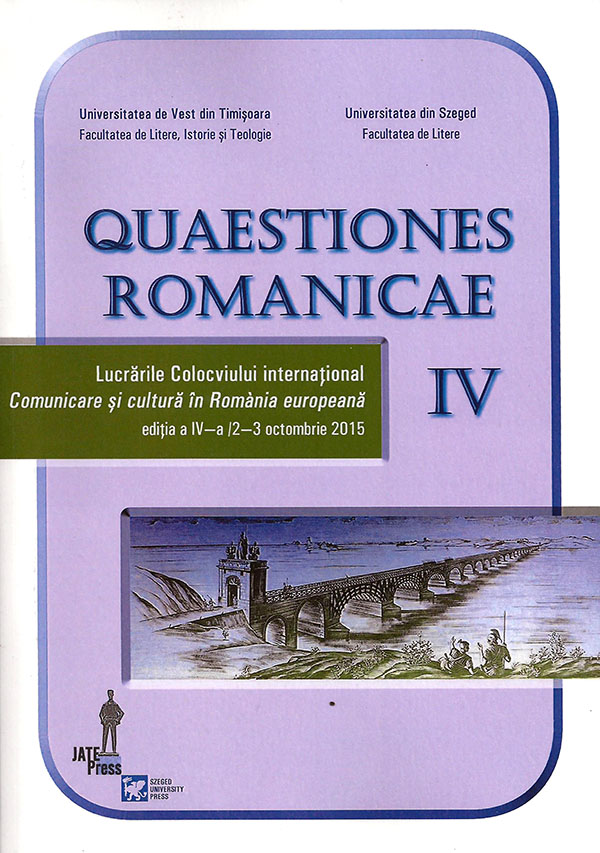El lenguaje engañoso del vizcaíno: tópico y ficción en el entremés de Cervantes
Abstract: (The Misleading Language of The Basque Impostor: Topic and Fiction in Cervantes’ Interludes). In the dramatic tradition of the Spanish Golden Age, the basque appeared as a comic character associated with some hyperbolic features, such as stubbornness, simplicity and innocence. When playing this role, one of the most identifier characteristics was his way of speaking. As their native tongue was Basque, he used a peculiar and awkward syntax speaking Spanish and his speech was full of irregularities according to Castilian rules. It was an eminently humorous character. In the preface to his Eight Comedies and Eight New Interludes, Cervantes mentions this kind of characters he had seen represent Lope de Rueda. Some of these basque characters appear also in Don Quixote and in some Cervantes' plays, specifically in the interlude The Basque Impostor. However, in this case we are talking about a fake basque, an impostor, as the author tells us in the title of the work. Through a game of appearances, in which the true and the false is mixed, Cervantes uses in stage the humorous potential of the cliché and, at the same time, is able to question the reality of the literary topic. The basque in Cervantes' interlude is not stubborn, simple or innocent. Finally, it is not even basque.
Keywords: Cervantes, basque, interludes, Spanish Golden Age, theater.
Resumen: En la tradición dramática del Siglo de Oro, el vizcaíno aparecía como un tipo escénico humorístico al que se asociaban una serie de características hiperbólicas, entre ellas la testarudez, la sencillez y cierta inocencia de carácter. En la escena, el rasgo identificador del personaje era su forma de hablar. Como su lengua nativa era el vasco, se ponía en su boca un castellano peculiar, torpe y con numerosas irregularidades sintácticas. Se trataba de un personaje eminentemente cómico. En el prólogo a sus Ocho comedias y ocho entremeses, Cervantes menciona estos tipos escénicos que él mismo vio representar a Lope de Rueda. Algunos de estos vizcaínos aparecen en el Quijote y también en el teatro cervantino, más concretamente en los entremeses. Sin embargo, se trata en este caso de un vizcaíno fingido, como ya nos avisa el autor en el mismo título de la obra. A través de un juego de apariencias, en el que se mezcla lo verdadero y lo falso, Cervantes consigue aprovechar escénicamente el potencial humorístico del tópico y a la vez cuestionar su vigencia. El vizcaíno del entremés no es testarudo, sencillo, ni inocente. Finalmente, ni siquiera es vizcaíno.
Palabras clave: Cervantes, vizcaíno, entremeses, Siglo de Oro, teatro.
